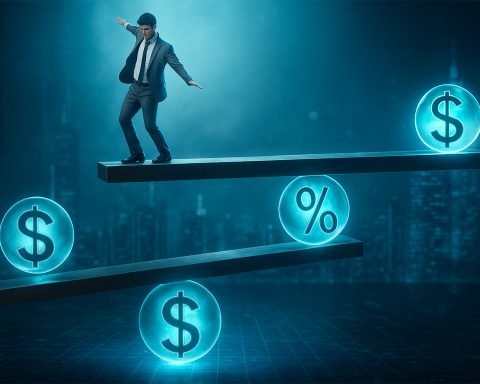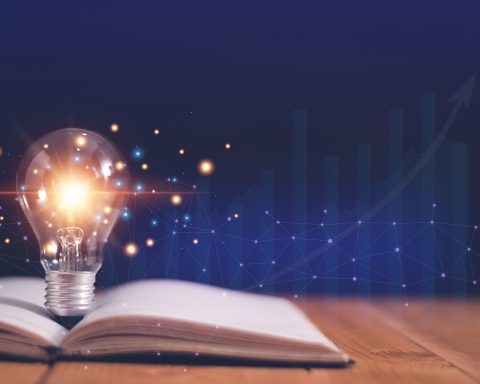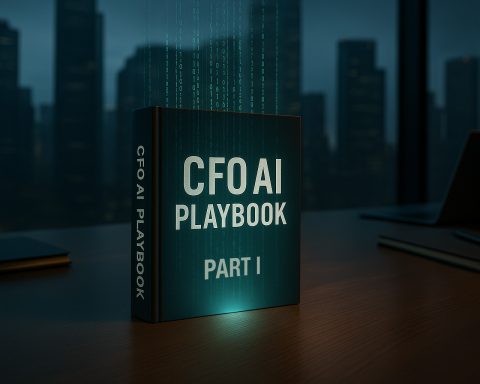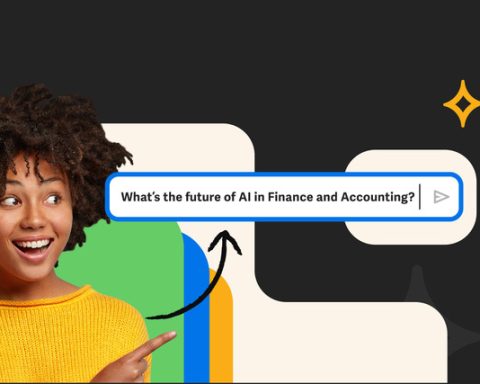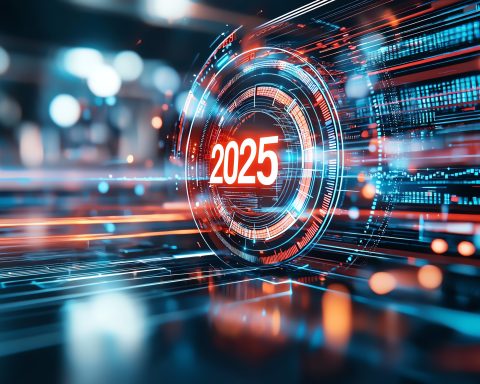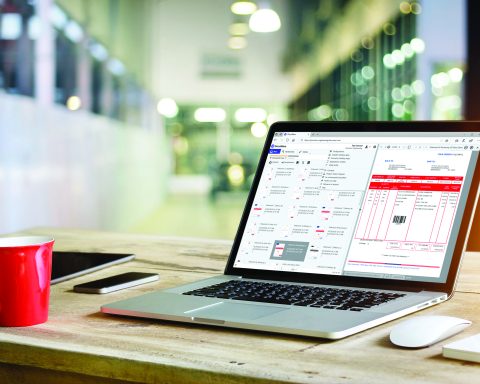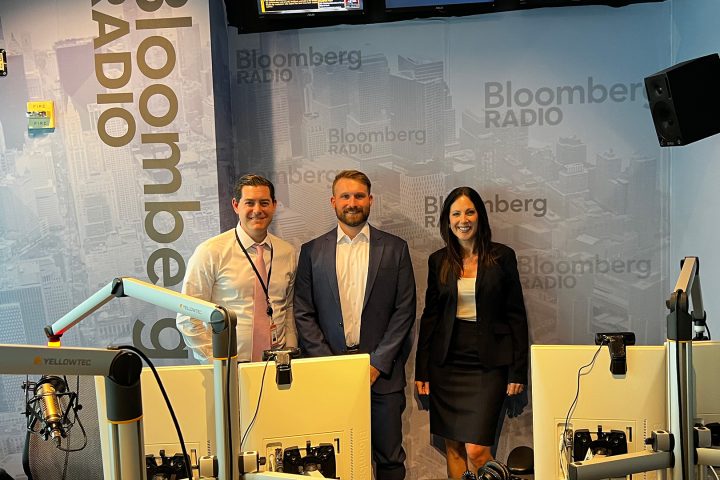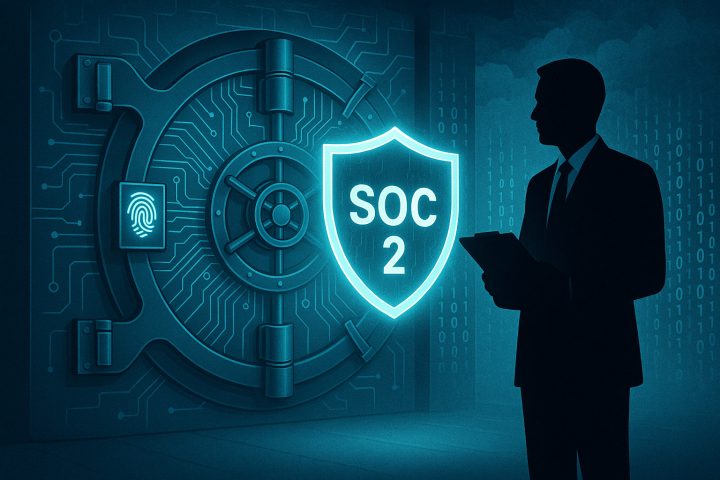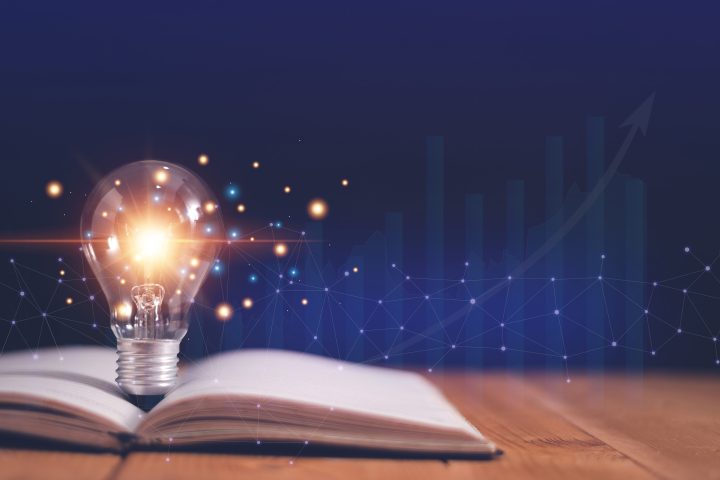The U.S. economy is undergoing a delicate balancing act, with many competing forces at play. The Fed’s interest rate policy is central to maintaining this balance, but the complexity of current inflationary pressures, labor market dynamics, consumer behavior and global tariffs, complicates decision-making.
- If the Fed raises rates too much, it risks tipping the economy into recession, increasing unemployment, and stalling growth.
- If the Fed is too slow to raise rates, inflation could become entrenched, eroding purchasing power and undermining long-term stability.
This episode dives into the current state of the U.S. economy, focusing on key economic data, rate policy decisions, and the outlook for the months ahead. With central banks caught in the middle of these challenges, we explore a wide range of economic issues, shedding light on how the Fed’s interest rate policy decisions shape the future of the U.S. economy and dig into what policymakers are signaling for the months ahead.
So, if you are a CFO, business owner, investor, or just someone trying to make sense of the mixed signals and current economic environment – this episode is for you.




